seruriermarshal
ACCESS: Top Secret
- Joined
- 4 May 2008
- Messages
- 1,180
- Reaction score
- 574
Polaris24I wonder how many an Ohio (or Columbia) SSGN could carry.
Did they say that? Seems awfully wasteful given they aren't D-5 sized.
Polaris24I wonder how many an Ohio (or Columbia) SSGN could carry.
Did they say that? Seems awfully wasteful given they aren't D-5 sized.
Thought they were C4s?Polaris24I wonder how many an Ohio (or Columbia) SSGN could carry.
Did they say that? Seems awfully wasteful given they aren't D-5 sized.

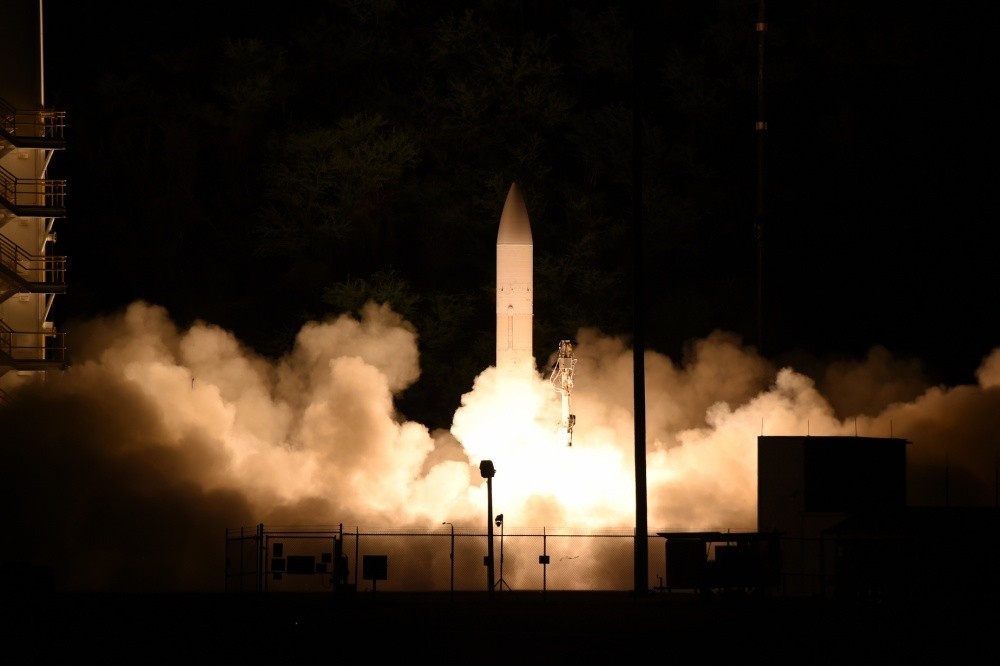
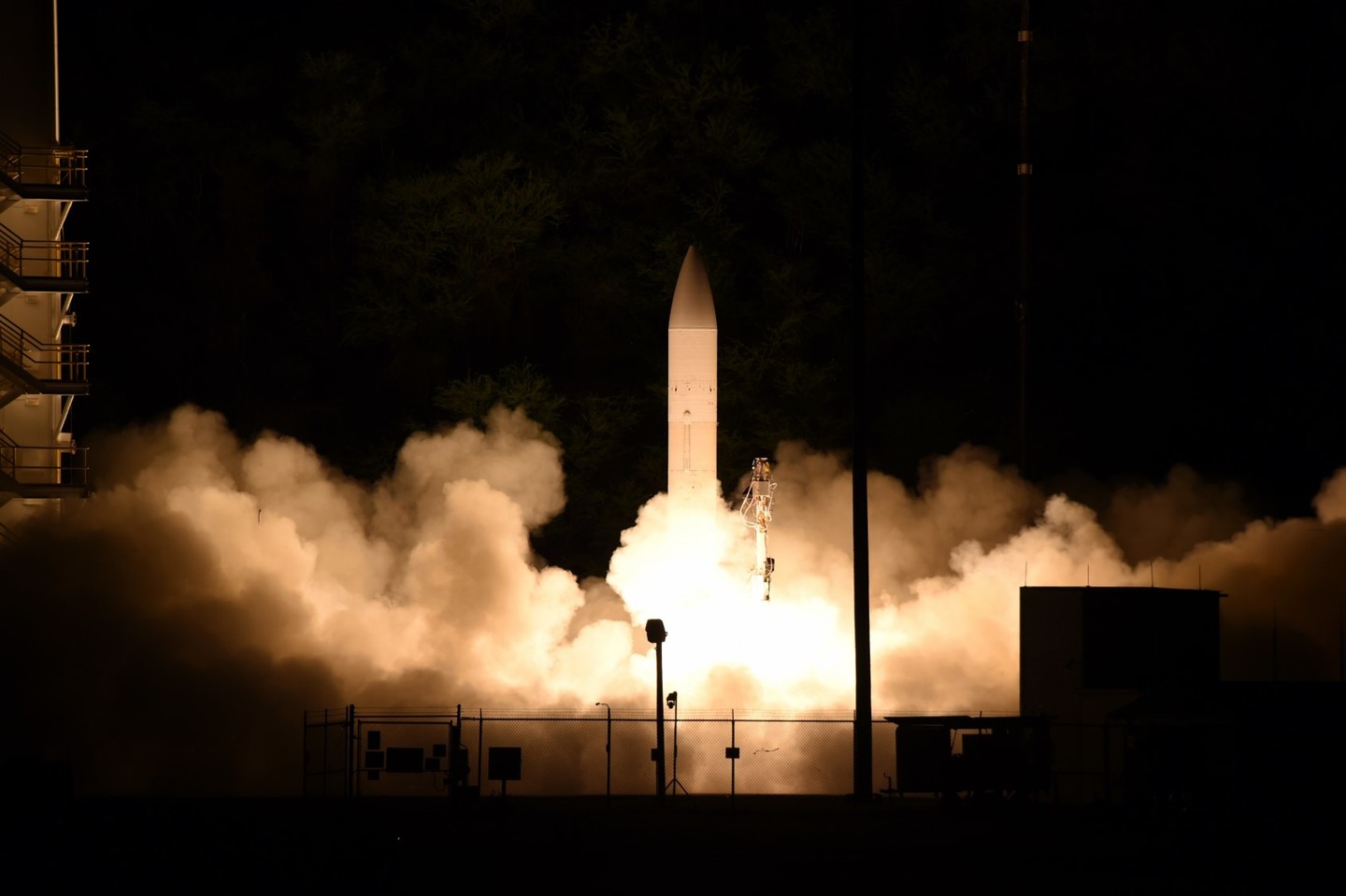
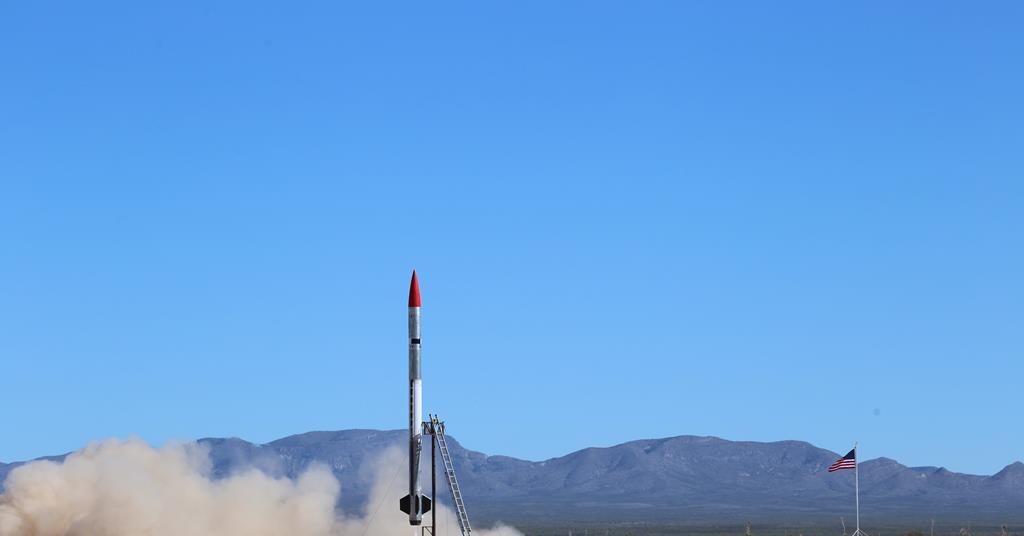
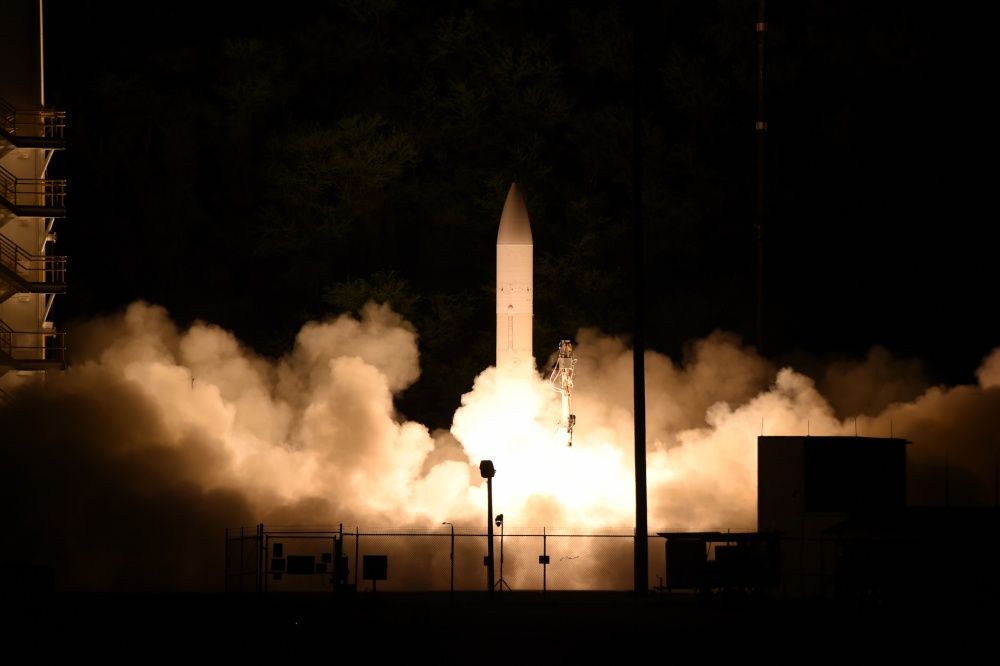

HyperSpace claims several advantages for the superconducting electric hybrid TBCC versus a conventional turbine-based design because the turbine core is completely integrated and embedded inside the ramjet/scramjet engines with a common central flow path. The design has the theoretical capability of operating to a much higher takeover Mach number before transitioning from turbine to ram/scramjet mode.
The company estimates the turbine will run up to Mach 5-6 before transitioning to scramjet power, which will be used to operate to Mach 8-plus. “Our turbine is operable at very high Mach numbers because it is shaftless-electric and all the loads of the rotating machinery are carried in the exoskeleton of the engine structure,” Lugg says. “We are operating at rpms and loads that were previously impossible until we came along with this concept.”
The outer casing for the turbine engine also forms the inner casing of the double-walled ram/scramjet ducting. The space between the double walls is used to hold the JP7/8 subsystem for fueling and cooling as well as to provide space for the electromagnetic power systems and controls. The company says the common airflow path through the center of the powerplant eliminates the need for completely separate turbine and ramjet/scramjet engines. “Ours is all one mass flow, so we are saving volume, weight and complexity. Plus, we don’t have the issue of cocooning a hot turbine,” he adds.
Attn: USAF
DOD Should Re-Evaluate Who Owns Long-Range Strike as Budgets Flatten | Air & Space Forces Magazine
As the defense budget flattens, the other military services may have to rethink their pursuit of long-range fires, CSAF Gen. David Goldfein said.www.airforcemag.com
Unfortunately most of this is behind a paywall:
HyperSpace claims several advantages for the superconducting electric hybrid TBCC versus a conventional turbine-based design because the turbine core is completely integrated and embedded inside the ramjet/scramjet engines with a common central flow path. The design has the theoretical capability of operating to a much higher takeover Mach number before transitioning from turbine to ram/scramjet mode.
The company estimates the turbine will run up to Mach 5-6 before transitioning to scramjet power, which will be used to operate to Mach 8-plus. “Our turbine is operable at very high Mach numbers because it is shaftless-electric and all the loads of the rotating machinery are carried in the exoskeleton of the engine structure,” Lugg says. “We are operating at rpms and loads that were previously impossible until we came along with this concept.”
The outer casing for the turbine engine also forms the inner casing of the double-walled ram/scramjet ducting. The space between the double walls is used to hold the JP7/8 subsystem for fueling and cooling as well as to provide space for the electromagnetic power systems and controls. The company says the common airflow path through the center of the powerplant eliminates the need for completely separate turbine and ramjet/scramjet engines. “Ours is all one mass flow, so we are saving volume, weight and complexity. Plus, we don’t have the issue of cocooning a hot turbine,” he adds.
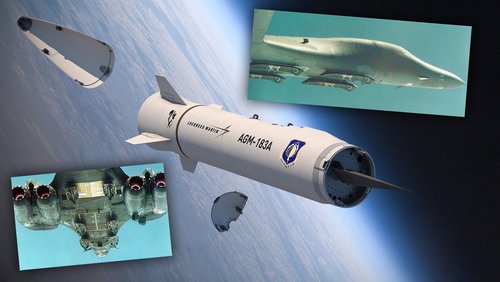
top U.S. Air Force officer has detailed plans to add the AGM-183A Air-launched Rapid Response Weapon, as well as the Hypersonic Air-Breathing Weapon Concept, both of which are hypersonic missiles, to the B-1B Bone bomber's arsenal. He also curiously talked about the potential for these aircraft to carry a conventionally-armed version of the future Long Range Stand Off stealthy cruise missile, something Congress effectively canceled last year.
U.S. Air Force General Timothy Ray, head of Air Force Global Strike Command, which oversees all of America's bomber fleets, gave an update on future B-1B loadouts in a recent interview with Air Force Magazine. Last year, the service highlighted work to expand the bomber's ability to carry hypersonic weapons and other new stores, both internally and externally. This all also comes amid already controversial plans to retire 17 of its 60 remaining Bones in the 2021 Fiscal Year and has severely scaled back the activities of the fleet as a whole, prohibiting crews from flying at low altitudes and restricting total annual flight hours, which you can read about more in this past War Zone exclusive.
"My goal would be to bring on at least a squadron’s worth of airplanes modified with external pylons on the B-1, to carry the ARRW [Air-launched Rapid Response Weapon] hypersonic cruise missile," General Ray told Air Force Magazine. He added that the service had contemplated several options for integrating the AGM-183A onto the bombers, "but we believe the easiest, fastest, and probably most effective in the short term will be to go with the external pylons."
At present, B-1 squadron typically has 18 aircraft, according to Air Force Magazine. Ray appears to have misspoken in describing ARRW, which is pronounced "arrow," as a "cruise missile." The AGM-183A has an unpowered hypersonic boost-glide vehicle as its warhead. The weapon's rocket booster lofts that vehicle to an appropriate speed and altitude, after which it then glides down along a level trajectory within the Earth's atmosphere to its target. The weapon's high speed and unpredictable flight path make it difficult for opponents to detect and track, which makes it hard to move critical assets out of the target area, if at all possible, or otherwise take shelter before the strike hits, or even attempt an intercept.
Rockwell had designed the Bones to carry external stores on up to eight external hardpoints. The Air Force had also developed special pylons that would have allowed the bombers to carry two nuclear-tipped AGM-86B Air-Launched Cruise Missiles (ALCM) on each one. Following the end of the Cold War, the B-1Bs lost their nuclear mission and, as a result, the external pylons fell into disuse. Today, the bombers use just one of the hardpoints to carry the AN/AAQ-33 Sniper Advanced Targeting Pod (ATP).
It's not clear what other modifications or upgrades the B-1Bs might need to be able to physically carry the AGM-183As or how many of these missiles the bombers might be able to carry at once. While we don't know how much the ARRW weighs, we do know that a B-52H Stratofortress bomber carried a prototype during a test last year using one of its heavyweight underwing pylons, which are rated to carry stores in the 5,000 pound class or lighter. The AGM-86B weighs around 3,200 pounds and the B-1B's original pylons were each supposed to carry two of them at once.
It's also worth noting that the Air Force's is looking to halt work on the Hypersonic Conventional Strike Weapon (HCSW) program in its latest budget proposal for the 2021 Fiscal Year in favor of the AGM-183A, specifically because the latter is smaller. The HCSW missile, which the service planned to designate AGM-182A Hacksaw, has a different hypersonic boost-glide vehicle warhead, which is a common design also found on ground and submarine-launched weapons that the U.S. Army and U.S. Navy are working on, respectively.
"The reason we went with ARRW was not that HCSW was bad, but ARRW is smaller," Will Roper, the Assistant Secretary of the Air Force for Acquisition, Technology, and Logistics, explained in March 2020. "We can carry twice as many on the B-52, and it’s possible it could be on the F-15[E Strike Eagle] … It’s in the class to be able to fit on the centerline."
General Ray did tell Air Force Magazine that some of the B-1s will need significant structural work," but it's unclear if this is directly related to plans to integrate the AGM-183A. The bombers have been flown hard in recent years and their airframes have seen greater than expected wear and tear as a result, which is part of the reason for the halt to low-altitude flight operations, which put additional physical stress on the aircraft.
The Air Force is also looking at the B-1B as a potential platform to carry the Hypersonic Air-Breathing Weapon Concept, or HAWC. The Defense Advanced Research Projects Agency (DARPA) has been leading the development of this powered hypersonic cruise missile, though the Air Force Research Laboratory has also been involved. Air Force Magazine says that the Bones, using external pylons and common rotary launchers in their internal bomb bays, could potentially carry a mix of up to 31 hypersonic missiles in total.


The Air Force is also looking at the B-1B as a potential platform to carry the Hypersonic Air-Breathing Weapon Concept, or HAWC. The Defense Advanced Research Projects Agency (DARPA) has been leading the development of this powered hypersonic cruise missile, though the Air Force Research Laboratory has also been involved. Air Force Magazine says that the Bones, using external pylons and common rotary launchers in their internal bomb bays, could potentially carry a mix of up to 31 hypersonic missiles in total.



Those hard points are good for ~6000lbs,
More than that I would think. 6 of those pylons could carry a PAIR of AGM-129s (3,700+lbs each) with the pylon to mount them.

Unfortunately most of this is behind a paywall:
FWIW you can get the current issue apparently for free at https://aviationweek.com/awst_current



The Department of Defense, United States Air Force (USAF), Air Force Materiel Command (AFMC), Air Force Life Cycle Management Center (AFLCMC), Armament Directorate, is currently conducting market research seeking capabilities statements from potential sources, including small businesses (SB), 8(a), HUBZone, Economically Disadvantaged Woman-Owned (EDWOSB), Woman-Owned (WOSB), Service Disabled Veteran Owned (SDVOSB) small businesses for an effort involving systems integration of a Weapon Open System Architecture (WOSA)-based, solid-rocket boosted, air-breathing, hypersonic conventional cruise missile, air-launched from existing fighter/bomber aircraft into a preliminary design.
The effort involves the use of Digital Engineering (DE) and Model-Based Engineering (MBE) practices for requirements, design, trade studies, and analyses; as well as the use of DE/MBE to accomplish technical planning for qualification, component/subsystem testing, manufacturing, and sustainment of the air-breathing hypersonic cruise missile under representative operational conditions.
In order for a vendor to be deemed qualified, its capability statement must demonstrate its capability in the following: sustained air-breathing hypersonic propulsion (ramjet, scramjet, or dual-mode), stable hypersonic aerodynamics, aero-thermal protection systems, solid rocket motors, warhead/missile integration, advanced hypersonic guidance, navigation, and control including advanced subsystem technologies and communications, and fighter/bomber weapon integration. This weapon system must be designed and analyzed to achieve a Preliminary Design Review (PDR) in 4QFY21.

